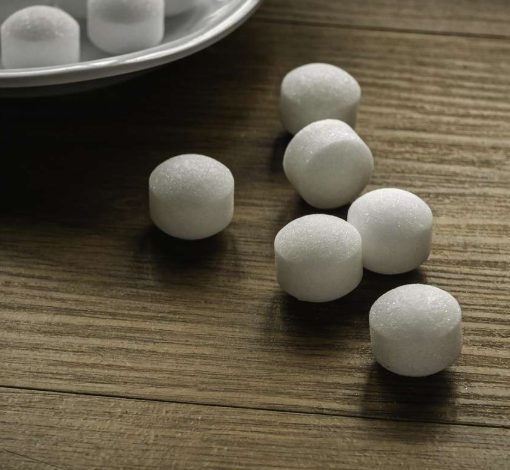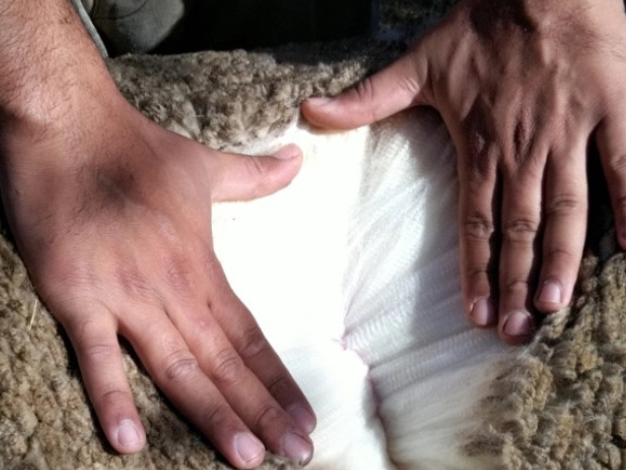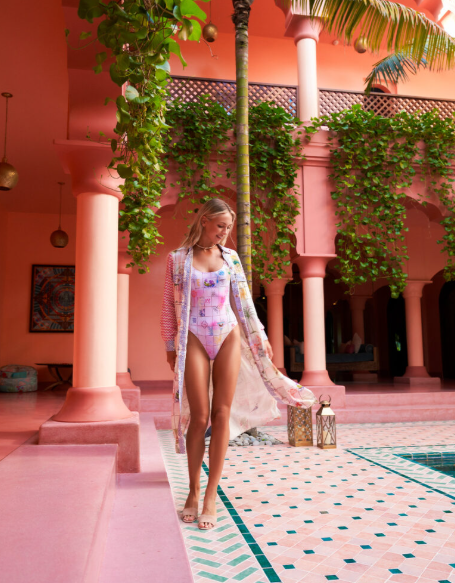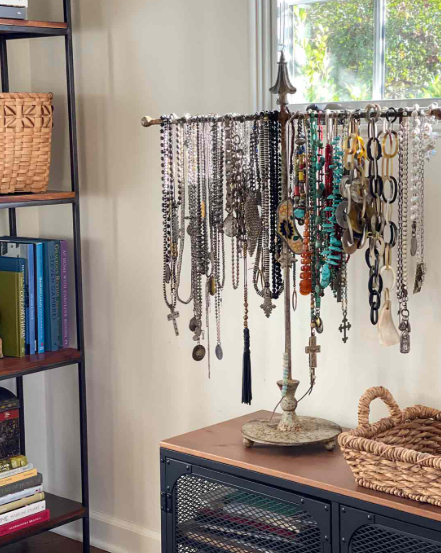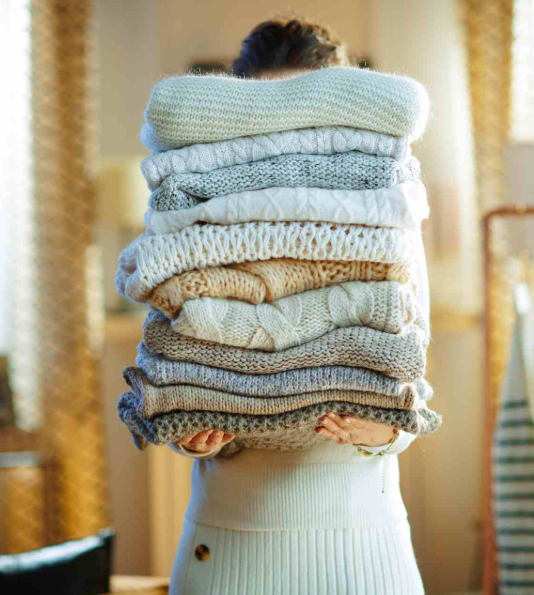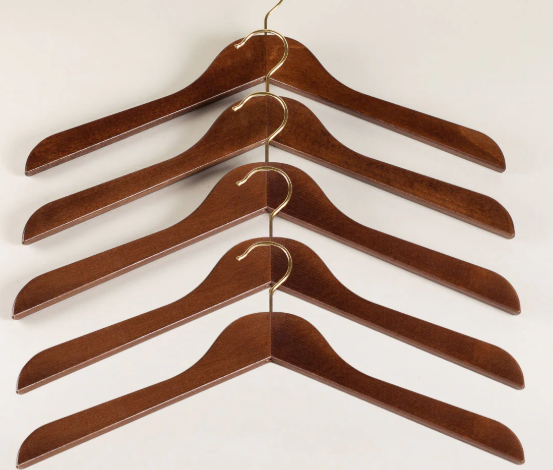
The Ultimate Guide to Choosing and Using Hangers for Your Clothes
When it comes to maintaining your clothes, hangers play a crucial role, often more than many people realize. If you cherish your clothing and want it to last, it’s essential to understand the impact of using the right hangers. The wrong type can cause unsightly marks, distortion, or even permanent damage to your favorite garments.
Which Hangers Are Best for Hanging Clothes?
For optimal clothing care, rubber-coated non-slip hangers are considered one of the best options. The rubber surface prevents garments from slipping, making them perfect for delicate fabrics like camisoles, knits, and dresses that often slide off traditional hangers.
These hangers also help maintain the shape of your clothes. They gently hold your items in place without leaving creases or unsightly shoulder bumps. This ensures that lighter tops and dresses remain neat and in top condition, free from any potential damage caused by ill-fitting hangers.
How to Properly Hang Your Clothes
Hanging your clothes the right way can make a world of difference in preserving their shape and extending their lifespan. For items like jackets, dresses, and blouses, hanging is the best way to keep them wrinkle-free and well-structured. When clothes are folded, they become more prone to creasing or even stretching out of shape, especially for delicate materials or garments with intricate details.
Using the right hanger is key. For instance, opt for a curved hanger for jackets or a rubber non-slip hanger for dresses to keep your clothes hanging naturally and maintain their original form. Whenever possible, hang your clothes instead of folding them, ensuring your wardrobe stays fresh and perfectly shaped.
Trouser Hangers
If you have enough space, full-length hanging is the ideal solution for trousers, and peg hangers are a great option for this. If full-length hanging isn’t feasible, folding the trousers in half and using a round, thick bar hanger will help prevent creases, particularly at the knee area. Foam-covered hangers from boutiques are also suitable. Wooden hangers with grips are excellent for trousers, though they do take up more space.
Jackets and Coats
Jackets and coats should be hung in a way that mimics the natural shape of your shoulders. Since shoulders have a slight curve, curved or “banana-shaped” hangers are the best choice. Both plastic and wooden versions are fine, although wooden hangers can be quite heavy. Lightweight, curved flocked hangers, which mirror the shape of your shoulders, are perfect for jackets and coats.
Pay attention to the shoulder area of your hangers—look for tapered ends, as sharp or narrow ends can cause the garment to lose its shape. For those with broad shoulders, look for hangers with shoulder extensions, while smaller frames should opt for narrower hangers. Remember, not all clothes are one-size-fits-all when it comes to hangers.
Skirt Hangers
Skirts require specific hangers to maintain their shape. Peg or expander hangers are ideal, especially for fabrics like leather, suede, or delicate materials, which can be damaged by the grip of standard peg hangers. Avoid hanging skirts by their loops, as this can create a permanent “V” shape in the fabric.
Dress Hangers
Hanging dresses properly is essential to keeping them in pristine condition. After testing various types of hangers, we found that narrow, rubber-covered, slightly curved hangers are the best option for dresses, blouses, and tops. These hangers hold garments securely without slipping, providing a stable grip that prevents distortion, unlike wire hangers that can cause marks or damage.
For dresses, hanging rather than folding is key to preserving their structure. The gentle curve of a high-quality hanger helps maintain the dress’s shape, ensuring that it doesn’t sag or lose its form.
General Tips for Hanging Clothes
- Avoid using overly padded hangers, as they are often too wide and can distort clothing.
- Never use hangers that are too wide, as they can ruin the shape of your garments.
- Consider using hanger extensions to create extra space or to store a jacket and skirt together.
- Some fabrics, such as cashmere, angora, and mohair, can stretch when hung. It’s better to fold these materials and store them in a dedicated clothing storage box to maintain their structure and softness.
By paying attention to the type of hangers you use and the way you hang your clothes, you’ll be able to preserve the integrity and longevity of your favorite garments for years to come.

